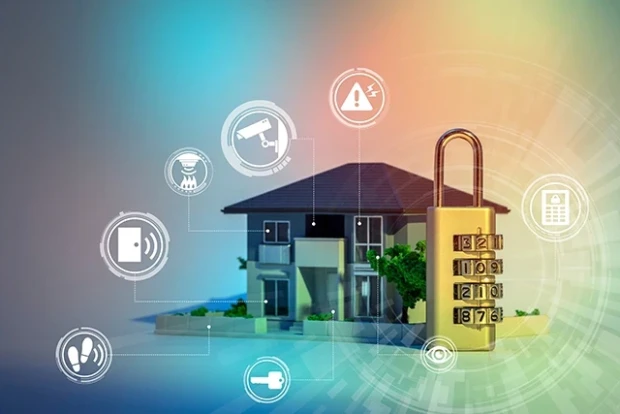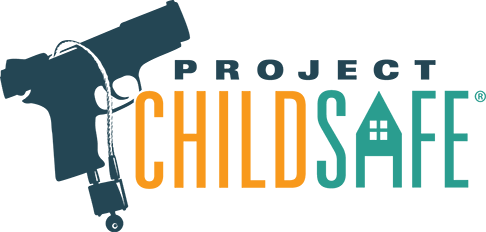Search
Cart
There are no items in your cart.
Login
Achieving Optimal Home Security: A Practical Guide

Safety and security are key factors when making a home. With increasing technological advancements, securing one's residence has become easier and more effective. However, this doesn't mean the basics should be ignored. Home security is a mix of modern solutions, traditional approaches, and daily practices. This article will guide you through the steps to achieve optimal home security, including the potential use of firearms, given appropriate safety measures and proficiency.
.
Step 1: Assess Your Home
First, conduct a thorough assessment of your home. Identify possible entry points like doors, windows, and other openings. Look for vulnerabilities such as broken locks, weak doors, or unsecured windows. Make note of areas that are poorly lit, and look for places where an intruder could hide. Assess the condition of your fence or boundary walls. This comprehensive review is critical in identifying what needs to be addressed to improve your home's security.
.
Step 2: Secure Doors and Windows
As the main points of entry, doors and windows should be your first line of defense. Invest in solid core doors, deadbolt locks, and reinforce the door frames. A peephole or a door viewer is also a good addition for safety. For windows, consider window security film, window or glass break sensors, and window bars. Reinforce any air conditioning units to prevent them from being easily removed.
.
Step 3: Implement a Security System
Depending on your budget and need, this can range from a basic alarm system to a full-fledged smart home security system that integrates alarms, security cameras, smart locks, and more. Many security systems now offer remote monitoring via a smartphone, allowing you to keep an eye on your home no matter where you are.
.
Step 4: Install Adequate Lighting
A well-lit home can deter potential intruders. Install outdoor lighting around your home’s exterior, especially near doors and windows. Motion-sensor lights can be effective as they startle intruders and alert you or your neighbors to their presence.
.
Step 5: Secure Your Wi-Fi Network
In this digital age, your home's Wi-Fi network is a potential entry point for cybercriminals. To keep your personal information safe, and prevent hackers from infiltrating your security system, ensure your Wi-Fi network is secure. Set a strong, unique password and update it regularly. Consider setting up a guest network for visitors to prevent access to your main network.
.
Step 6: Use Timers for Electronics
Use timers for your TV, radio, or lights. This can create the illusion of activity and occupancy, which can deter potential burglars.
.
Step 7: Properly Store Valuables
Don't leave valuable items visible from the outside. Use curtains or blinds for privacy, and consider a home safe for expensive items, important documents, and other valuables.
.
Step 8: Own and Learn to Use a Firearm (If Legally Permitted)
Owning a firearm can be a significant part of home security. However, owning a firearm comes with serious responsibilities. Following are some guidelines:
- Understand the laws: Laws regarding firearm ownership vary by country, state, or even city. Make sure you fully understand your local laws and regulations.
- Get proper training: Being proficient in handling and using a firearm is a must. Take firearms safety courses and practice regularly at a shooting range.
- Secure your firearm: When not in use, your firearm should be stored in a safe, secure place, out of reach of children and others who should not have access.
- Maintain your firearm: Regular maintenance will keep your firearm working properly and safely. Know how to clean and care for your firearm, and consider regular professional servicing.
.
Step 9: Create an Emergency Plan
An integral part of maintaining home security is having a comprehensive emergency plan. This will ensure that everyone in the household knows what to do in case of various emergency situations, which could include a break-in, fire, or natural disaster. Here are some important elements to consider when creating your plan:
Determine Escape Routes
Identify at least two escape routes from each room of your home, in case the primary route is blocked or dangerous to use. This could involve using doors, windows, or even fire escape ladders for upper stories.
Establish Safe Points
If escape isn't possible, designate safe points within your home where you can hide safely and securely. These should be areas that can be easily secured and where you can communicate with the outside world, such as calling 911.
Communication Plan
It’s crucial that everyone knows who to contact in case of an emergency. Have a list of important phone numbers accessible, such as local police and fire departments, along with any other important contacts.
Regular Drills
Practicing your emergency plan is key to ensuring everyone knows what to do and where to go in case of an emergency. Hold regular drills to reinforce the plan and make any necessary adjustments.
Emergency Kit
Prepare an emergency kit that includes essentials such as a flashlight, batteries, a first-aid kit, a portable charger for your phone, water, non-perishable food, and any necessary medications.
Firearm Safety
If a firearm is part of your home security strategy, it's essential that all adults in the household are aware of its location and the rules for its safe use.
A well-crafted emergency plan can save precious seconds in a crisis, increasing the safety of your home and its inhabitants. Make sure to revisit and revise this plan as needed, to account for changes in your home's layout or household members' needs.
.
Step 10: Implement Passive Deterrents
While active security measures like locks and alarms are important, passive deterrents can also play a crucial role in home security. These deterrents work by making your home appear to be a difficult target, thereby discouraging potential intruders. Here are a few passive deterrents to consider:
Warning Signs
Signs indicating that your property is protected can serve as deterrents. These can include "Beware of Dog" signs, even if you don't have a dog, and signs indicating that your home is protected by a security company. Some security system providers supply these signs and window decals when you purchase their product.
Visible Security Measures
Visibility can be a powerful deterrent. Visible security cameras (even dummy cameras can serve this purpose), a security system panel seen from a window, or even security company stickers can discourage burglars. A well-lit exterior, especially with motion-sensor lights, can also serve as a deterrent.
Landscaping
Strategic landscaping can also contribute to home security. Trim trees and shrubs near windows and entrances to eliminate hiding spots for potential intruders. Thorny plants under windows can also serve as a natural deterrent.
Neighborhood Watch
Participating in a neighborhood watch program can also be an effective passive deterrent. Displaying a neighborhood watch sign shows potential intruders that your neighbors are keeping an eye out for suspicious activity.
By implementing these passive deterrents along with your active security measures, you can make your home a less appealing target for potential intruders. Remember, the goal of home security is not just to catch intruders, but to discourage them from trying to enter your home in the first place.
.
Your home is your sanctuary, and ensuring its security is a multi-step process that requires both a one-time setup and ongoing attention. By combining traditional security measures with modern technology, you can significantly enhance your home's safety. Remember that each home is unique, and the best security plan should be tailored to its specific needs.
NEWSLETTER










Leave a Comment